From the end of 2024 to mid-February 2025, domestic rice prices and export rice prices continuously decreased sharply. However, with the assessment that the actual demand of importing countries is very large, producers still closely follow the market to restore export rice prices.
Rice prices have not recovered
Data from the Vietnam Food Association on February 18 showed that Vietnam's rice export prices are remaining below $400 per ton. Specifically, 5% broken rice is being offered for sale at $395 per ton; 25% broken rice is being offered for sale at $372 per ton; and 100% broken rice is being offered for sale at $310 per ton.
At the current price, Vietnam's rice exports are at the lowest level among the world's leading exporting countries. Specifically, Thailand's 5% broken rice exports are being offered at 418 USD/ton; 25% broken rice exports are being offered at 397 USD/ton; 100% broken rice exports are being offered at 365 USD/ton.
Similarly, India's 5% broken rice export price is at 413 USD/ton; 25% broken rice is at 394 USD/ton. Meanwhile, Pakistan's 5% broken rice export price is at 402 USD/ton; 25% broken rice is at 370 USD/ton; 100% broken rice is at 337 USD/ton.
According to the latest report from the US Department of Agriculture (USDA), global rice production in the 2024-2025 crop year is forecast to reach a record 532.66 million tons, nearly 10 million tons higher than the previous crop year.
Of which, the rice output of the four rice-providing countries in the world, India, Vietnam, Thailand and Pakistan, all increased compared to the previous crop year. India's output alone reached 145 million tons, an increase of 7.2 million tons compared to the previous year, causing the world's supply to become surplus. This caused rice prices to continuously plummet and lose the "golden age".
Not only has supply surged, but import demand has also weakened markedly. As the rice shortage caused by India’s ban ended, many traditional Vietnamese customers delayed purchases in the expectation that prices would fall further.
The Vietnam Commodity Exchange (MXV) commented that the world rice market has just gone through a period of slow trading compared to the annual cycle. The reversal of domestic rice prices and export rice prices from the end of 2024 is considered to be due to oversupply in the market.
While major importing countries such as Indonesia and the Philippines are suspending, reducing, or delaying purchases to monitor price developments, rice output from major producing and exporting countries, especially India, is increasing sharply.
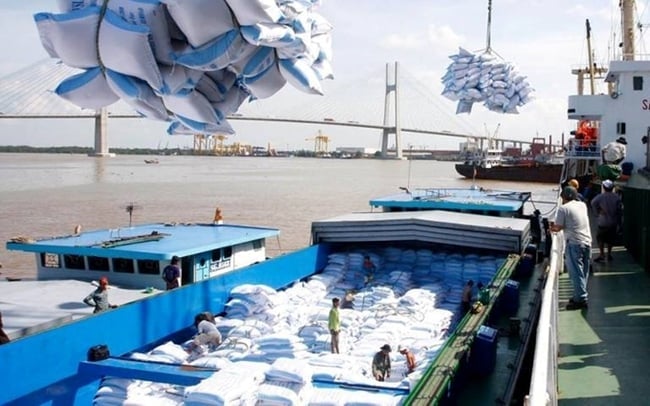
Mr. Nguyen Ngoc Quynh, Deputy General Director of MXV, said that supply pressure continues to weigh on the global rice market, while demand has not shown signs of a strong recovery. With this situation, world rice prices will still be under pressure in the coming time, at least until importing countries return with greater purchasing demand.
Coordination of rice production and export market
According to the report on the balance of supply and demand of commercial rice to serve the management of rice export in 2025 sent by the Ministry of Agriculture and Rural Development to the Ministry of Industry and Trade, the estimated production for the whole year in the Mekong Delta region is 3.778 million hectares, the average yield is estimated at 63.4 quintals/ha; the output is estimated at 23.965 million tons.
Of the above, domestic consumption and use as seeds, animal feed... is about 8.9 million tons. Commercial rice is estimated at about 15.085 million tons, equivalent to 7.542 million tons of commercial rice for export.
The Ministry of Agriculture and Rural Development proposed that the Ministry of Industry and Trade focus on boosting rice exports in the months with large harvests, namely February, March, April, July, August and September in 2025, to respond to market developments. At the same time, it proposed that the Ministry of Industry and Trade strengthen trade promotion to expand rice export markets to ensure the export of all rice commodities, while ensuring harmonious interests between producers and exporting enterprises.
The Ministry of Agriculture and Rural Development also proposed a mechanism to manage the rice purchasing system in a professional manner, with business registration, traders signing contracts with farmers for production based on contracts signed with export enterprises on rice varieties and quality, and traders enjoying support policies like enterprises.
The Ministry of Agriculture and Rural Development said that the rice cultivation area in 2025 nationwide is estimated at 7 million hectares, a decrease of 132,000 hectares. The average yield is estimated at 61.6 quintals/ha, an increase of 0.7 quintals/ha compared to the same period in 2024. The output is estimated at 43.143 million tons, a decrease of 323,000 tons compared to the same period in 2024.
Mr. Tran Thanh Hai, Deputy Director of the Import-Export Department (Ministry of Industry and Trade) - said that rice prices have decreased following the world trend in the context of India "dumping goods" after lifting the ban on rice exports as well as removing export taxes. The abundant rice production in the world will affect the world's rice prices, including countries like Thailand and Pakistan, not just Vietnam. "Rice prices cannot increase forever, when they reach the peak, they will have to decrease. Rice export prices are like stocks, sometimes up, sometimes down, sometimes increasing, sometimes decreasing. This is completely normal," said Mr. Hai.
However, because Vietnamese rice has built a brand and has certain customers. On the other hand, in recent times, Vietnamese enterprises have focused on improving rice quality, building a good rice brand and having certain customers, thereby finding new rice export markets. Therefore, the source of winter-spring rice (many localities have started sowing) will sooner or later have a market.
In the current context, Mr. Tran Thanh Hai said that businesses and people producing rice need support from many sides. For example, banks should support loans to increase rice purchases and storage, taking advantage of low prices to help stabilize the domestic market. Or the financial sector should quickly complete VAT refund procedures so that businesses can rotate capital.
Along with that, to promptly respond to the current rice export situation, the Government has issued Decree 01 amending Decree 107 dated August 15, 2018 on rice export business. In which, the Government proposes many solutions for clearer and more transparent management of rice export to both ensure food security and maintain export momentum.
Source: https://baodaknong.vn/on-dinh-lai-thi-truong-xuat-khau-gao-243285.html









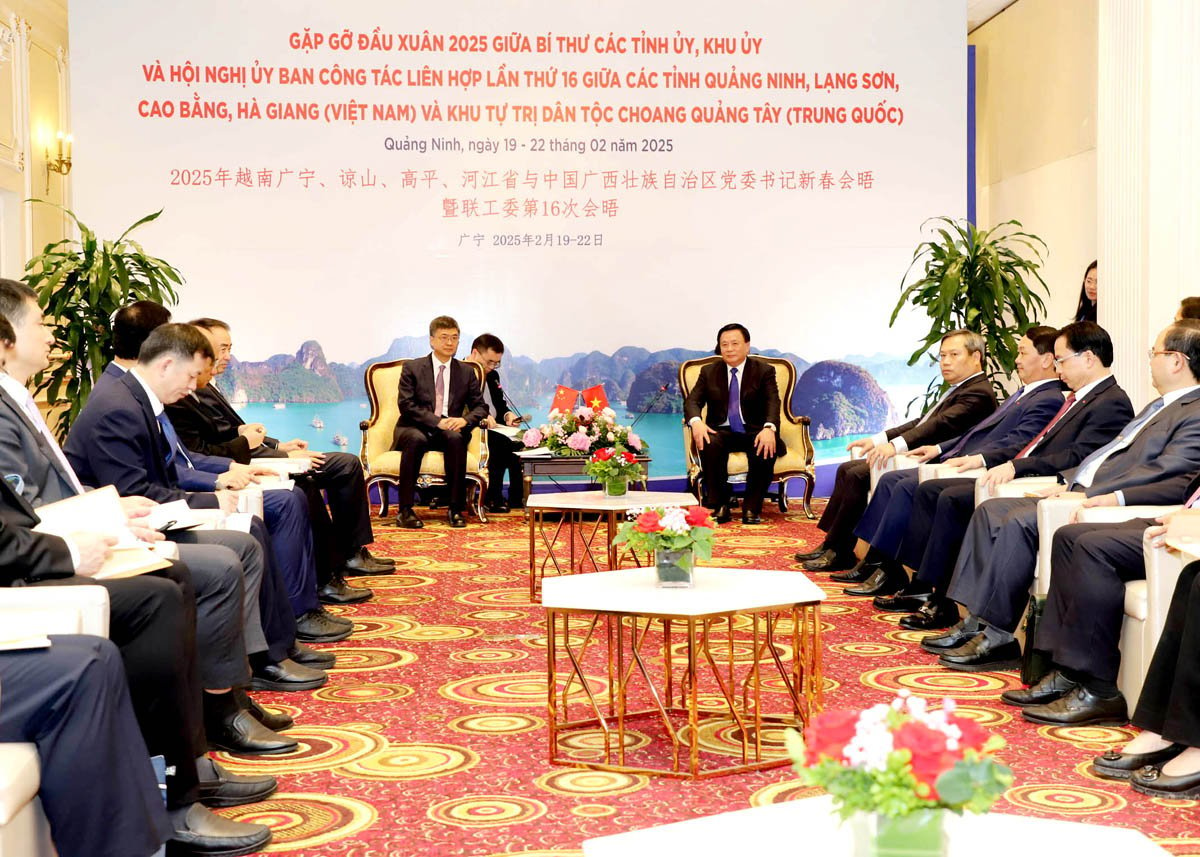
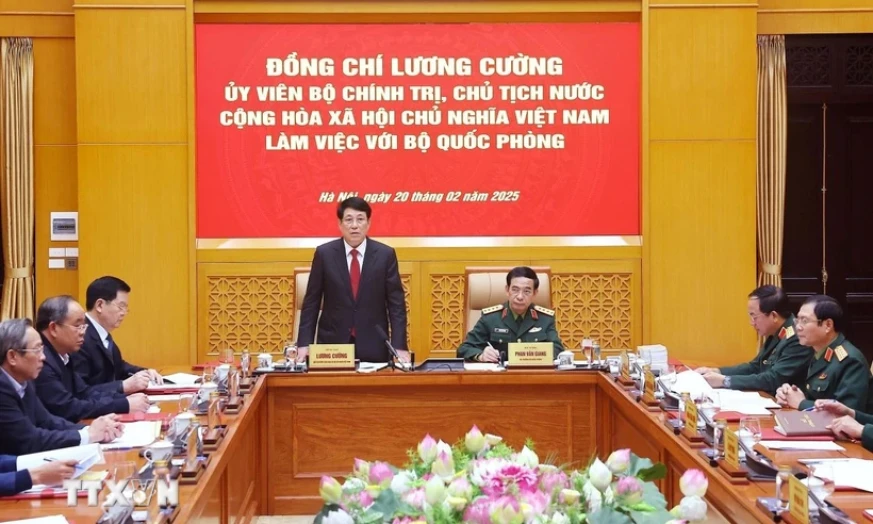
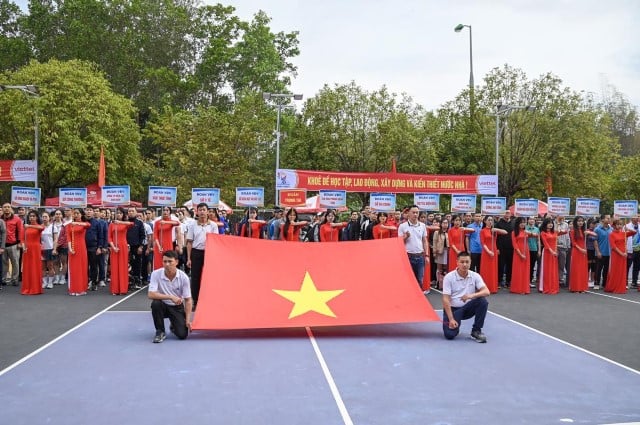
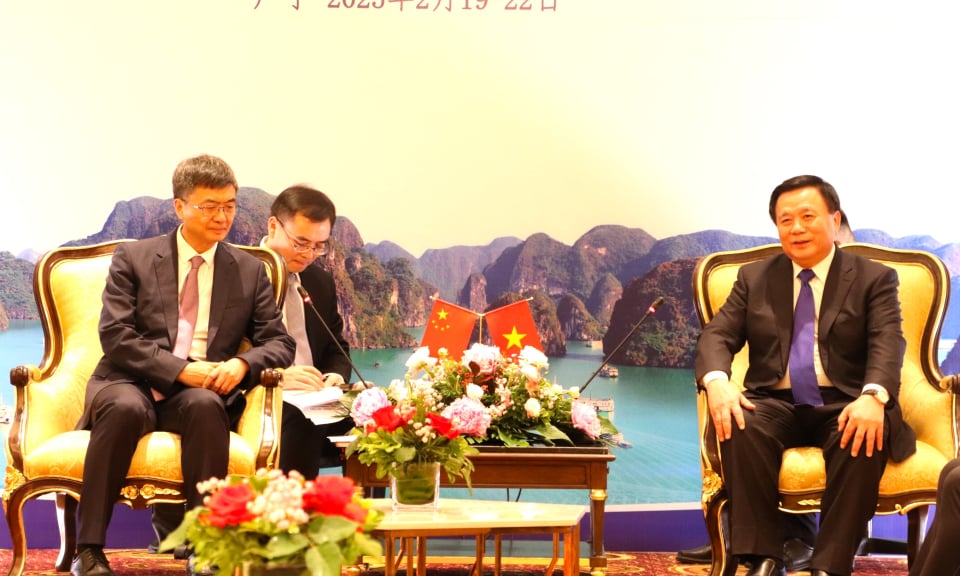
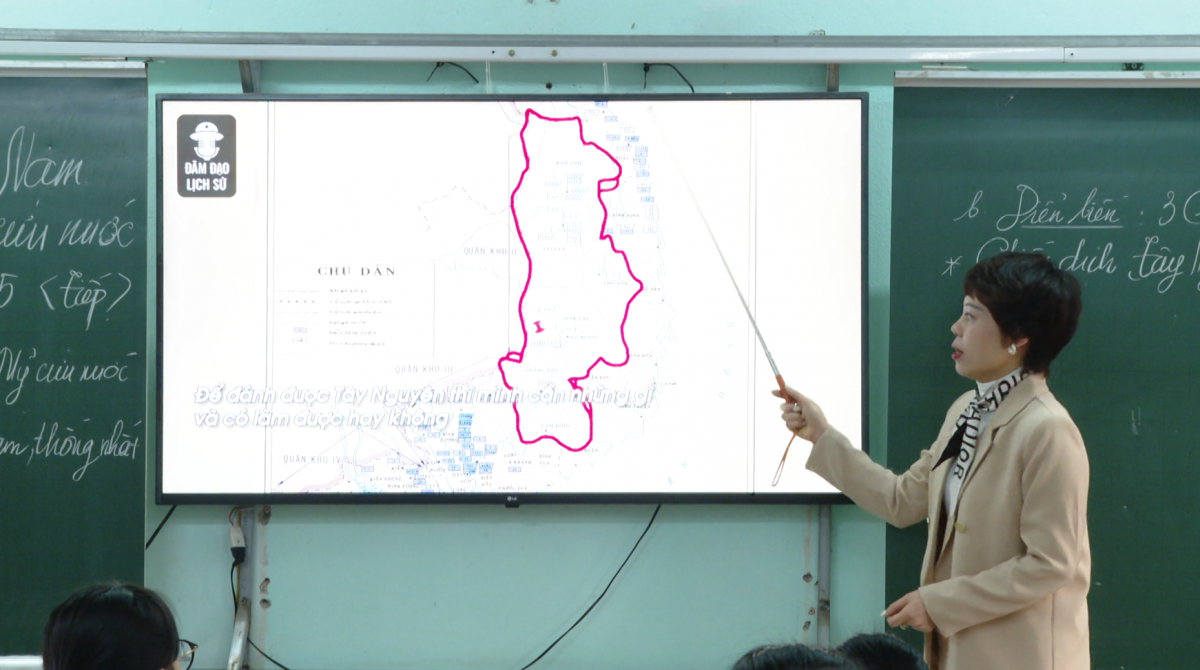











Comment (0)